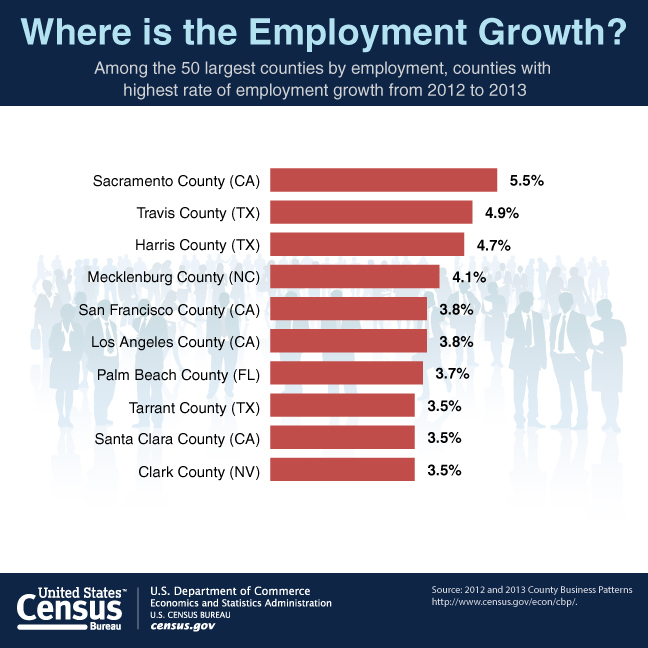Information businesses, including software publishers, and building construction are setting the job-growth pace
By Sharon Simonson
New economy is driving old in San Francisco, making the county the fastest growing in the country as measured by annual employment gains.
Travis County, home to Austin, Texas, and another U.S. technology industry center, is the country’s second-fastest growing. Information businesses are among those adding jobs in the home county of the University of Texas, but businesses in other sectors are adding them faster.
According to industry data released Thursday by the U.S. Census Bureau on the 50 largest U.S. counties by employment, companies that specialize in Internet publishing including online software sellers and web-search portals are adding workers...







